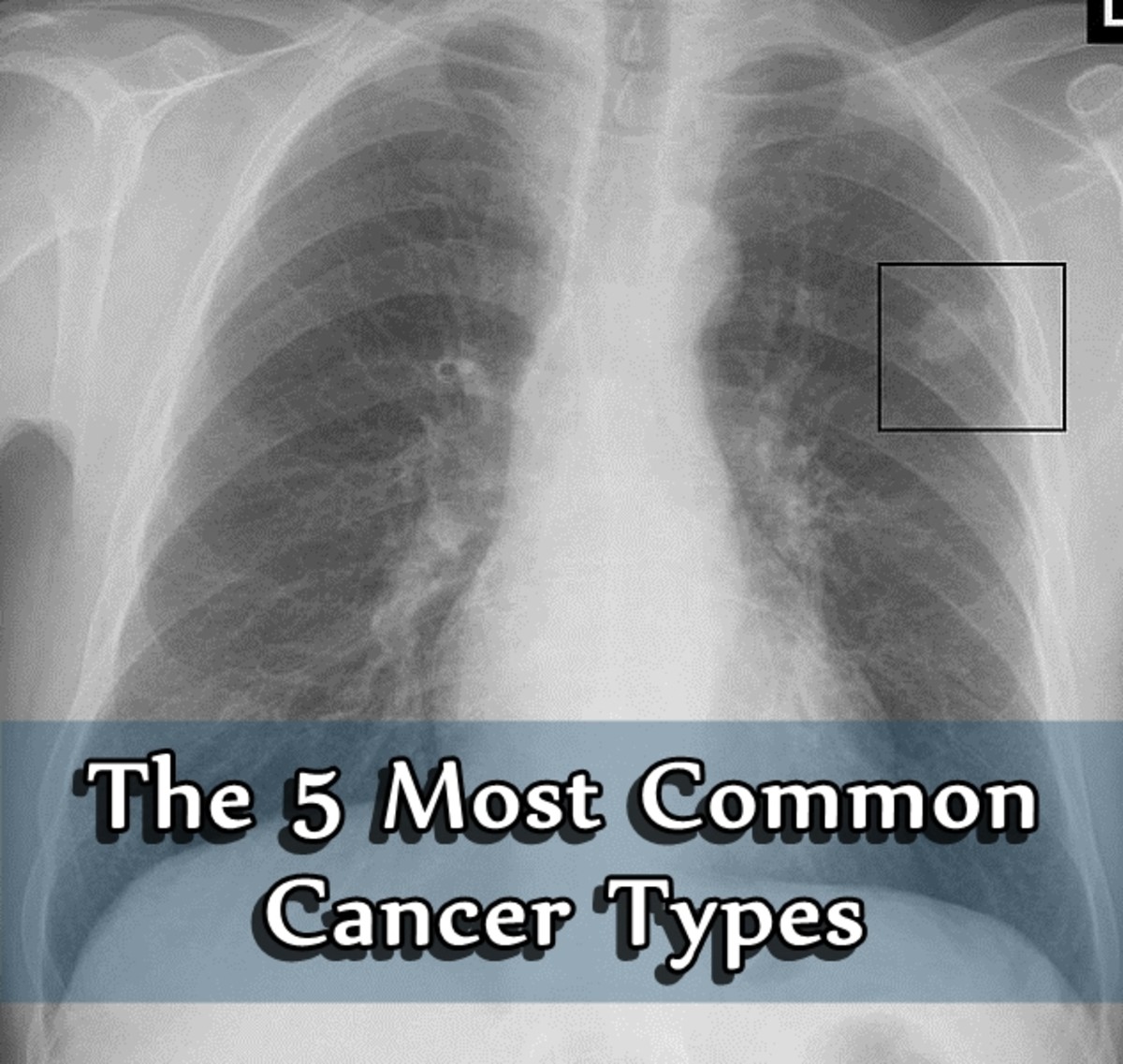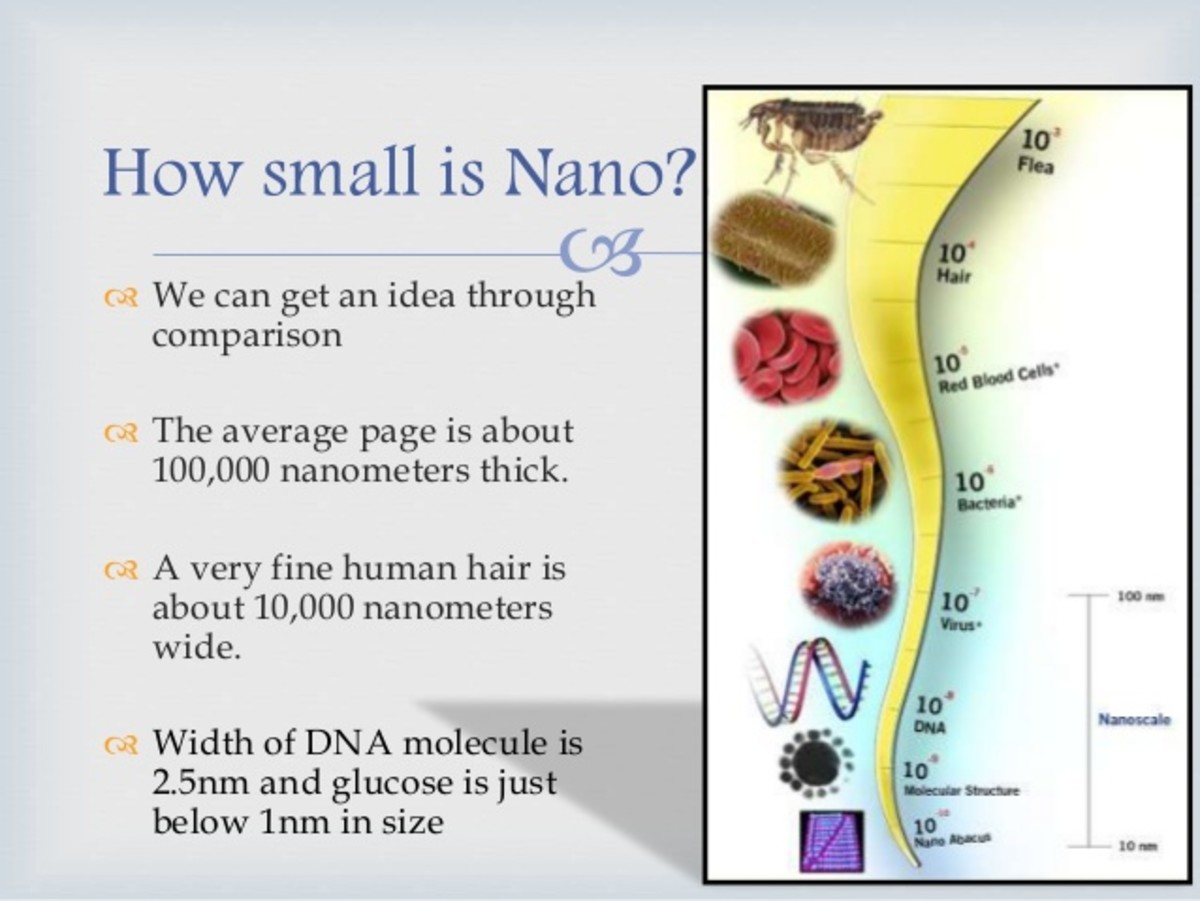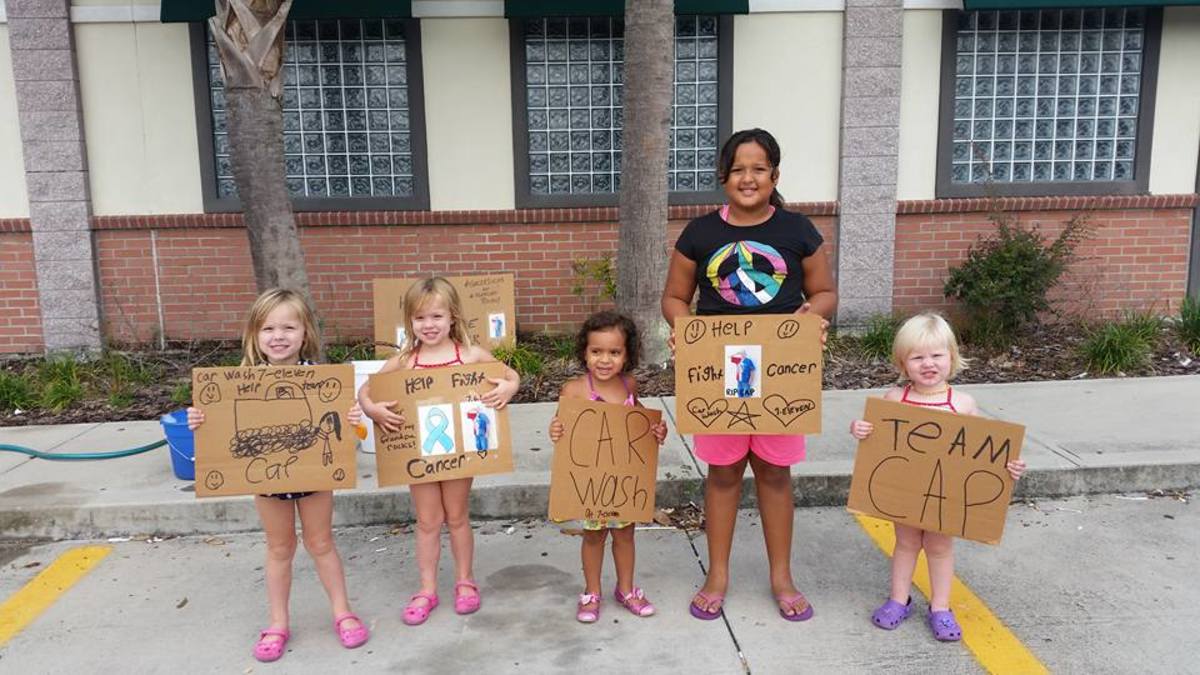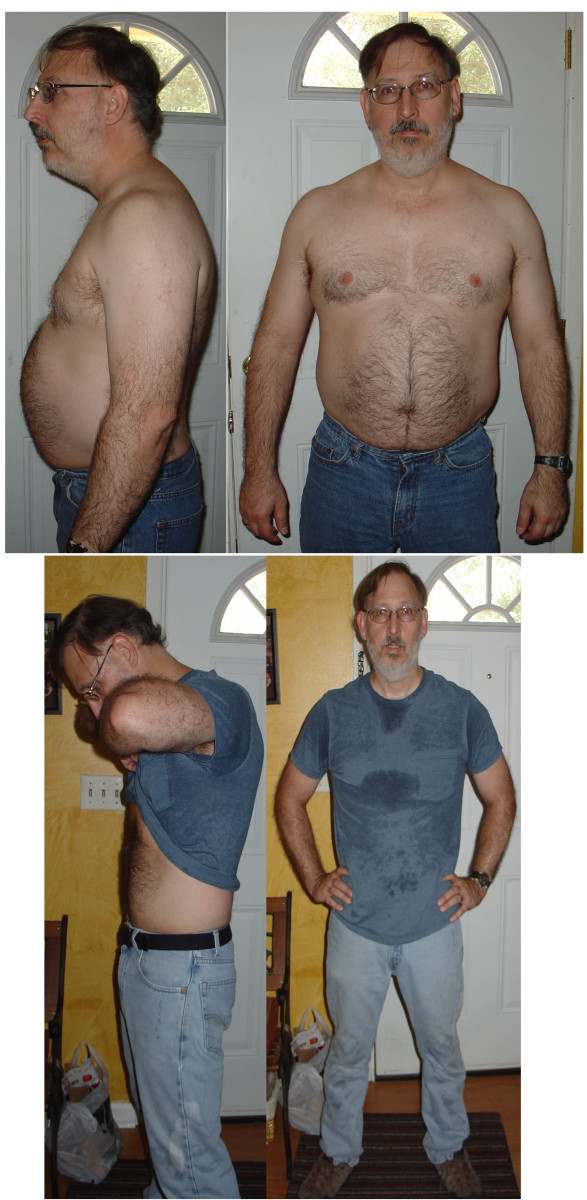What is cancer
Definition
Cancer refers to diseases in which abnormal cells divide and grow out of control and can invade other tissues. Normally, body cells grow, divide, and die in an orderly fashion. During the early years of a person's life, normal cells divide more rapidly until the person becomes an adult. After that, cells in most parts of the body divide only to replace worn-out or dying cells and to repair injuries.
Prevalence
According to US National Cancer Institute's Surveillance Epidemiology and End Results (SEER) database for the year 2004, in 2004 the cancer prevalence was total 10,326,000, Males 4,776,000 and females 5,550,000. It was estimated there are 1,444,920 new cases and 559,650 deaths from cancer in the United States in 2007. Cancer prevalence is defined as the total number of people living with cancer at any point in time. It includes both people diagnosed with cancer in the past (who are still alive) as well as people recently diagnosed. Cancer is the second leading cause of death in the United States. Half of all men and one third of all women in the United States will develop cancer during their lifetimes. Today, millions of people are living with cancer or have had cancer. The risk of developing most types of cancer can be reduced by changes in a person's lifestyle, for example, by quitting smoking and eating a better diet. The sooner a cancer is found and treatment begins, the better are the chances for living longer.
Development
In normal tissues, the rates of new cell growth and old cell death are kept in balance. In cancer, this balance is disrupted. This disruption can result from uncontrolled cell growth or loss of a cell's ability to undergo cell suicide by a process called apoptosis. Apoptosis, or "cell suicide," is the mechanism by which old or damaged cells normally self-destruct. Cancer cells just keep growing and dividing, no matter what is happening in the surrounding tissues. Instead of dying, they outlive normal cells and continue to form new abnormal cells. The cancerous cells even can spread to other parts of the body through the blood and lymph systems. These cells compete with other healthy cells for nutrients, therefore interfering with bodily healthy functions. The whole process for cancer to develop is started by some changes in genetic information that controls cell life cycles. These changes in genetic information called mutations are usually caused by some cancer risk factors such as radiation, alcohol consumption, and excessive body fat etc.
Cancer usually starts as a tumor. Some cancers, like leukemia, do not form tumors. Instead, these cancer cells involve the blood and blood-forming organs and circulate through other tissues where they grow. Not all tumors are cancerous. Benign tumors aren't cancerous. They can often be removed, and, in most cases, they do not come back. Cells in benign tumors do not spread to other parts of the body. Malignant tumors are cancerous. Cells in these tumors can invade nearby tissues and spread to other parts of the body. The spread of cancer from one part of the body to another is called metastasis.
Cancer types and naming convention
Cancers may be named for the organ where the cancer originates and cell types involved with the cancer. Most cancers are named for the organ the cancer cells are part of. For example, lung cancers start from lung. There are different types of lung cells, so there are several types of lung cancers. Cancer cells from the breast cause breast cancer; cancer cells in the prostate cause prostate cancer, and so on.
Cancers may also be named for the type of cells that is cancerous in the organ. In the breast, there are cells that produce milk in the lobules. If these cells become cancerous, they cause lobular cancer of the breast. But if the cells of the tubes or ducts that deliver the milk to the nipple cause cancer, it is called ductal cancer of the breast.
When a cancer spreads from where it started to another part of the body, it keeps the same cancer name. If cancer starts in the prostate, it is prostate cancer. Even if it spreads to the bone, it is still prostate cancer. If it spreads to the lungs or liver, it is still prostate cancer. The only thing that changes is that when a cancer spreads, it is called "metastatic." So, metastatic prostate cancer of bone is cancer that started in the prostate and spread to the bones. It is not bone cancer.
Cancers also may have names that do not have anything to do with where the disease started. Sometimes cancers are named for the physician who first described it. For example, Hodgkin's disease is named for the doctor who described the disease. Other cancers are named for the type of cell the cancer cells resemble. An example of this is synovial cell sarcoma, which does not start in the tissue called synovium, but the cells look like synovial cells. According to the cell types involved with the cancer, cancers can be put into following categories:
1. Carcinoma is a cancer that begins in the skin or in tissues that line or cover internal organs.
2. Sarcoma is a cancer that begins in bone, cartilage, fat, muscle, blood vessels, or other connective or supportive tissue.
3. Leukemia is a cancer that starts in blood-forming tissue such as the bone marrow and causes large numbers of abnormal blood cells to be produced and enter the blood stream.
4. Lymphoma and myeloma is cancers that begin in the cells of the immune system.
5. Central nervous system cancers are cancers that begin in the tissues of the brain and spinal cord.
Risk factors
What are the causes that lead to cancers are not clear yet, but some environmental or external factors may increase risks for cancer to develop. For example, UV radiation in sunlight causes changes in skin cells that can lead to melanoma, a serious skin cancer; sun exposure is also linked to two other cancers, squamous cell carcinoma of the skin and basal cell carcinoma. Knowing about this link between sun exposure and skin cancers has lead to the widespread use of sun block lotions. Smoking and lung cancer is another example of a link between cancer and an environmental cause. There are many other risk factors that have potential to cause cancers, effective avoiding or getting away from these factors can lower possibility for us to develop cancers.
Symptoms and treatment
Because there are many types of cancers, the symptoms and treatments for each cancer are quite different. For example, lung cancer and breast cancer are very different diseases. They grow at different rates and respond to different treatments. That is why people with cancer need treatment that is aimed at their particular kind of cancer.
.








